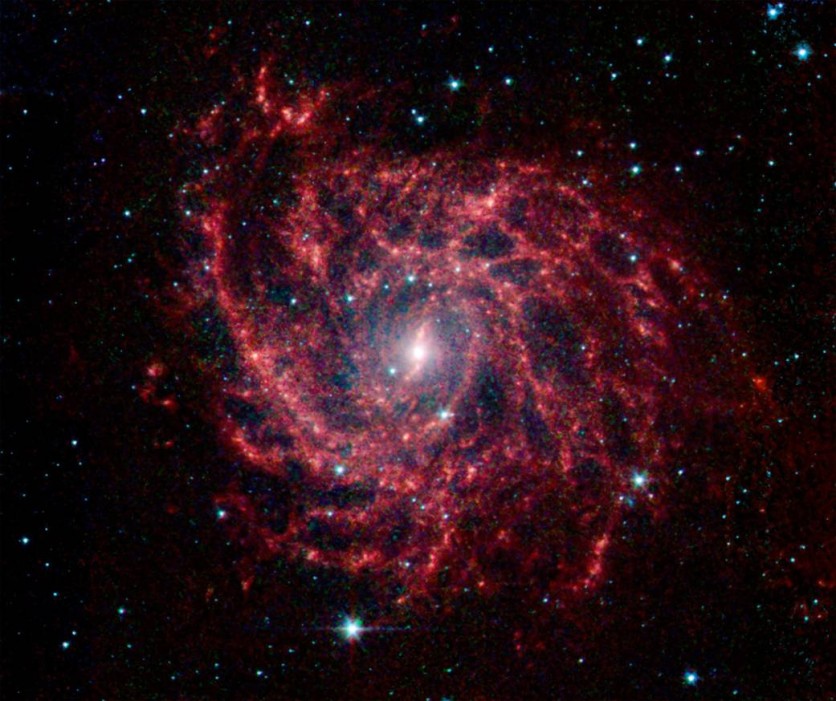The James Webb Space Telescope's powerful infrared vision saw "red" from the distant, early universe.
The space observatory recently captured various red spiral galaxies in its first image, which gives researchers an unprecedented look to study these galaxies, as per a press release.

The Furthest Spiral Galaxies Known to Exist
These galaxies are now among the furthest spiral galaxies known to exist, according to research from Waseda University. The researchers were also surprised to find a passive red spiral galaxy in the early cosmos during the analysis.
Spiral galaxies in the far reaches of the universe hold important clues to the genesis and development of the cosmos in general.
However, the knowledge of astronomers about these galaxies is still restricted since they are too far away to be thoroughly studied.
Although these galaxies were already identified in earlier studies made with NASA's Hubble and Spitzer space telescopes, their restricted spatial resolution prevented researchers from studying their intricate features and structures.
But now, Webb has successfully captured infrared photos of red spiral galaxies from the galaxy cluster SMACS J0723.3-7327 at an exceptional resolution and displaying their morphology in great detail.
Unexpected discoveries into these red spiral galaxies were discovered by a resesarch team from Waseda University in Japan that includes Junior Researcher Yoshinobu Fudamoto, Professor Akio K. Inoue, and Dr. Yuma Sugahara.
Read also : NASA's James Webb Space Telescope Zooms in on Mars for the First Time, Capturing Stiking Martian Details!
SED Analysis
The researchers concentrated on the two reddest galaxies, RS13 and RS14, out of the several red spiral galaxies they found. They determined the distribution of energy over a broad wavelength range for these galaxies using spectral energy distribution (SED) analysis.
These red spiral galaxies, which are astonishingly among the farthest known spiral galaxies to date, were found to be part of the early cosmos from a time known as the "cosmic noon" (8-10 billion years ago), which came after the Big Bang and the "cosmic dawn," according to the SED study.
Only 2% of the galaxies in the nearby universe are rare red spiral galaxies. The fact that red spiral galaxies were discovered in the early cosmos from a Webb scan that only covered a little portion of space shows that these galaxies are still at large, as per Waseda University's press release.
But more surprisingly, the research team found that one of the red spiral galaxies, RS14, is passive, which means it is not forming stars.
This discovery of a passive spiral galaxy inside Webb's narrow field of view is especially unexpected. It raises the possibility that there could be more passive spirals in the early universe.
Related Article : NASA's James Webb Space Telescope Captures the Sharpest, Most Detailed Image of the Orion Nebula





